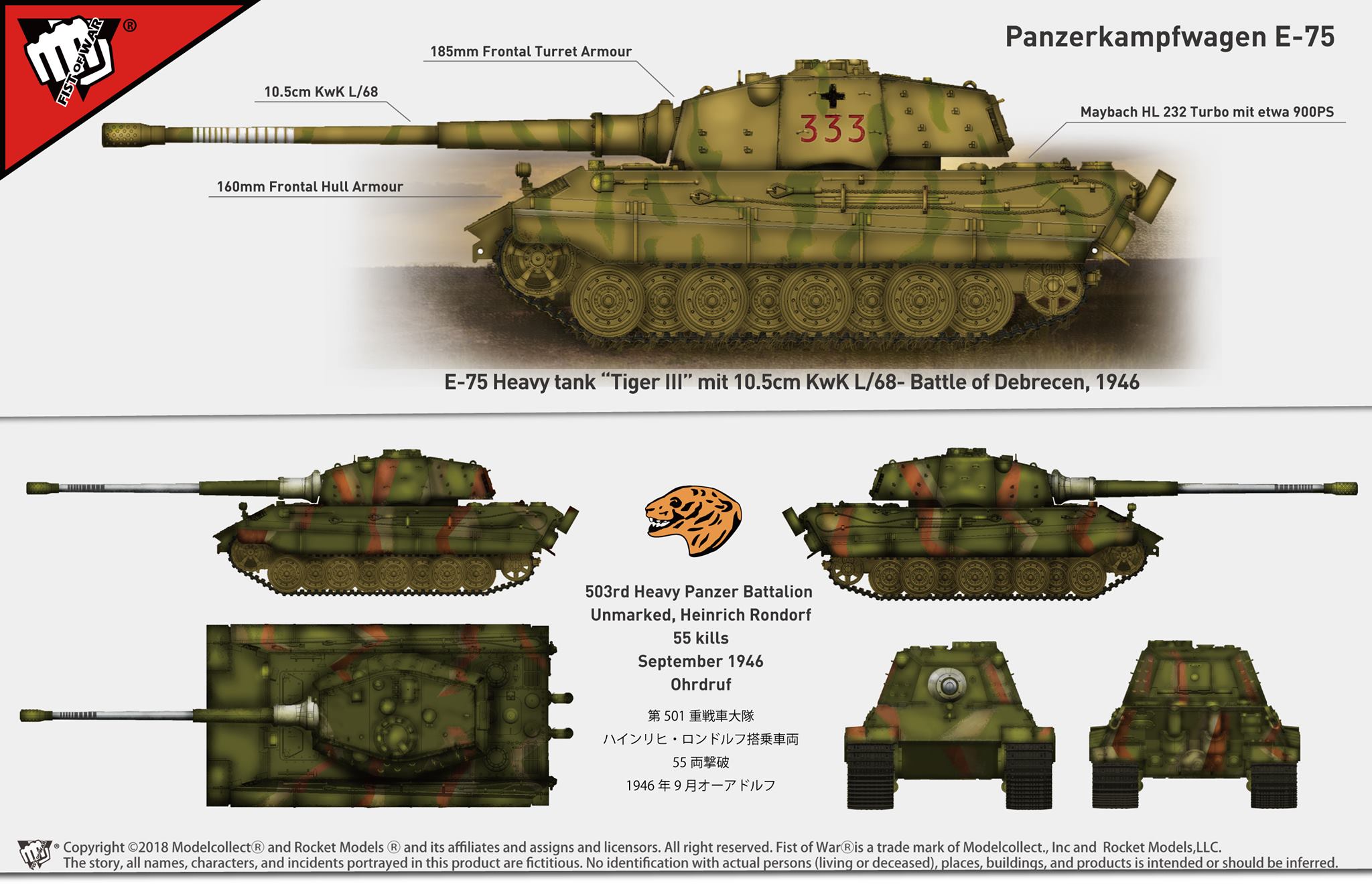
E-75 Heavy Tank
The E-75 Heavy Tank was introduced in 1944 as the replacement for the Tiger II, designed to be more cost-effective, durable, and easier to produce while maintaining high combat effectiveness. As part of the E-series tank development program, the E-75 combined thick armor, powerful weaponry, and improved mobility, making it one of the most formidable heavy tanks of its time. A total of 1,500 units were produced, with several variants featuring different turret and armament configurations to adapt to varying battlefield conditions.
Development and Features
The E-75 was developed as a next-generation heavy tank, refining the design philosophy of earlier heavy armor models. It featured:
- 150mm sloped frontal armor, significantly increasing survivability against enemy anti-tank weaponry.
- A streamlined, simplified production process, reducing manufacturing complexity compared to previous heavy tank models.
- An improved engine and suspension system, offering a balance of mobility and protection despite its increased weight.
Variants and Armament Configurations
The E-75 was produced with several turret and weapon variations to enhance battlefield adaptability:
Standard Variant (1944) – 12.8cm KwK
- Armed with a 12.8cm high-velocity cannon, offering superior long-range firepower against enemy armor.
- Served as the primary heavy breakthrough tank in armored divisions.
E-75 with 105mm L/68 Gun
- Equipped with a high-velocity 105mm L/68 gun, providing a faster rate of fire and improved penetration at long distances.
- Designed for anti-tank warfare, with better ammunition storage capacity than the 12.8cm variant.
E-75 Heavy Assault Variant
- Mounted a reinforced turret with extra armor plating, optimized for urban warfare and defensive operations.
- Utilized a short-barreled high-explosive gun, making it effective in fortification destruction and infantry suppression.
Combat Performance
The E-75 entered service in 1944 and became the backbone of heavy armored divisions, excelling in both offensive breakthroughs and defensive operations.
- Superior armor and firepower allowed it to dominate battlefield engagements, neutralizing enemy heavy tanks with its powerful main armament.
- Reinforced mobility systems enabled it to maneuver effectively, despite its classification as a heavy tank.
- Strategic use in key battles ensured its role in countering enemy advances and securing strong defensive positions.
Specifications
- Weight: 75 tons
- Armor: 150mm sloped frontal armor
- Primary Armament:
- 12.8cm high-velocity cannon (standard variant)
- 105mm L/68 gun (alternative variant)
- Heavy assault variant with reinforced turret and high-explosive weaponry
- Secondary Armament: Coaxial 30mm autocannon + hull-mounted machine guns
- Mobility System: Tracked chassis with reinforced suspension
- Power System: 1,200-horsepower engine
- Maximum Speed: 40 km/h
- Production Quantity: 1,500 units
- Role: Heavy breakthrough tank, frontline engagements, defensive operations
Legacy
With a total production of 1,500 units, the E-75 Heavy Tank became the standard heavy armored vehicle, setting the foundation for future tank designs. Its combination of firepower, armor, and battlefield adaptability ensured its place as one of the most influential late-war heavy tanks in mechanized warfare history.
Note: This introduction is based on the Fist of War (FoW) alternate history background and is not a depiction of real-world historical events.
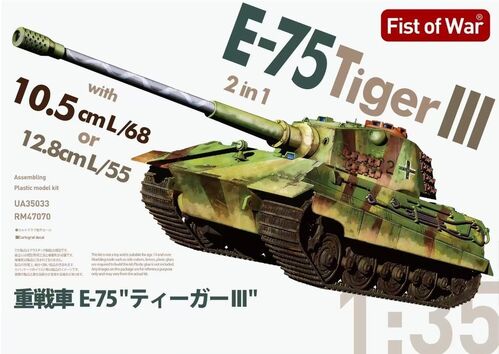
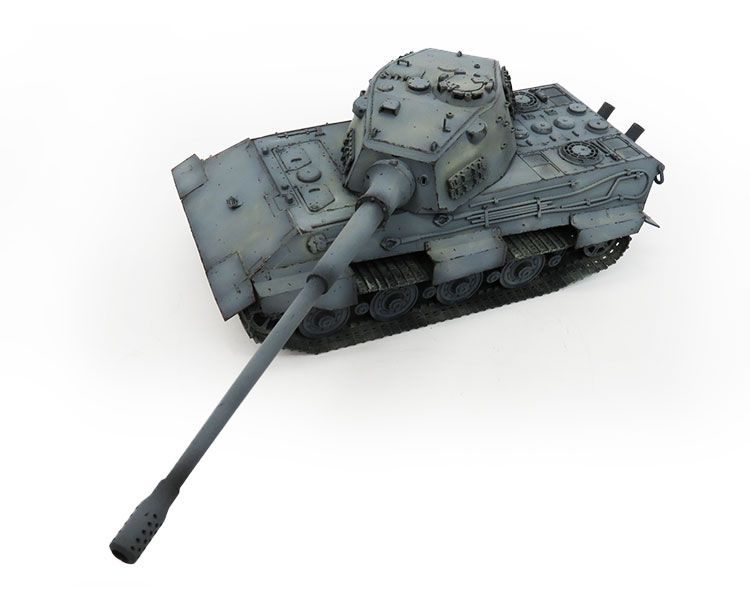
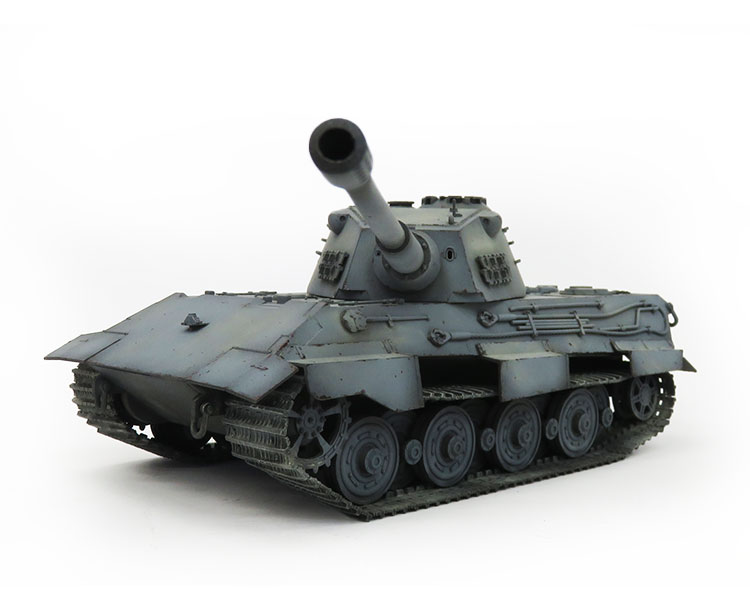
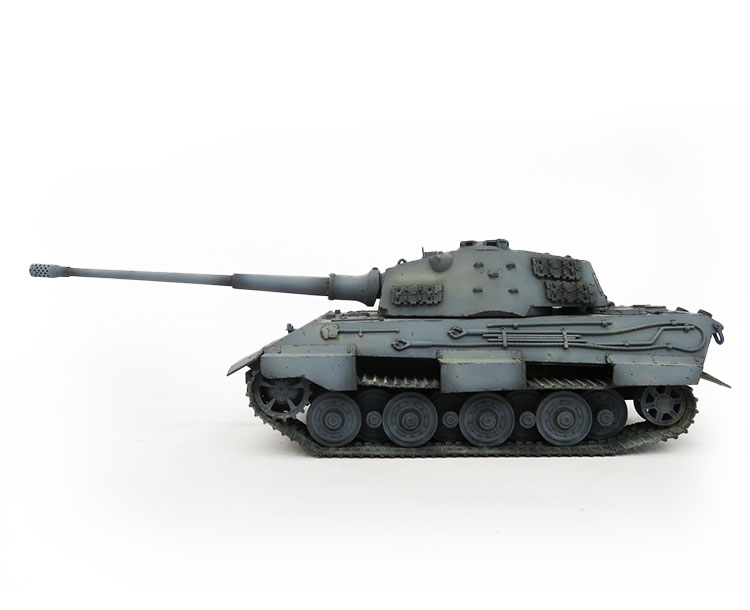
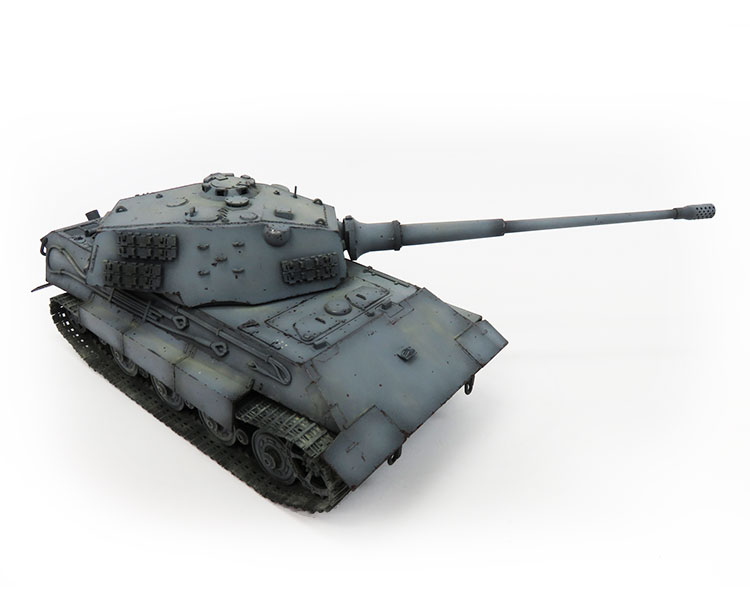
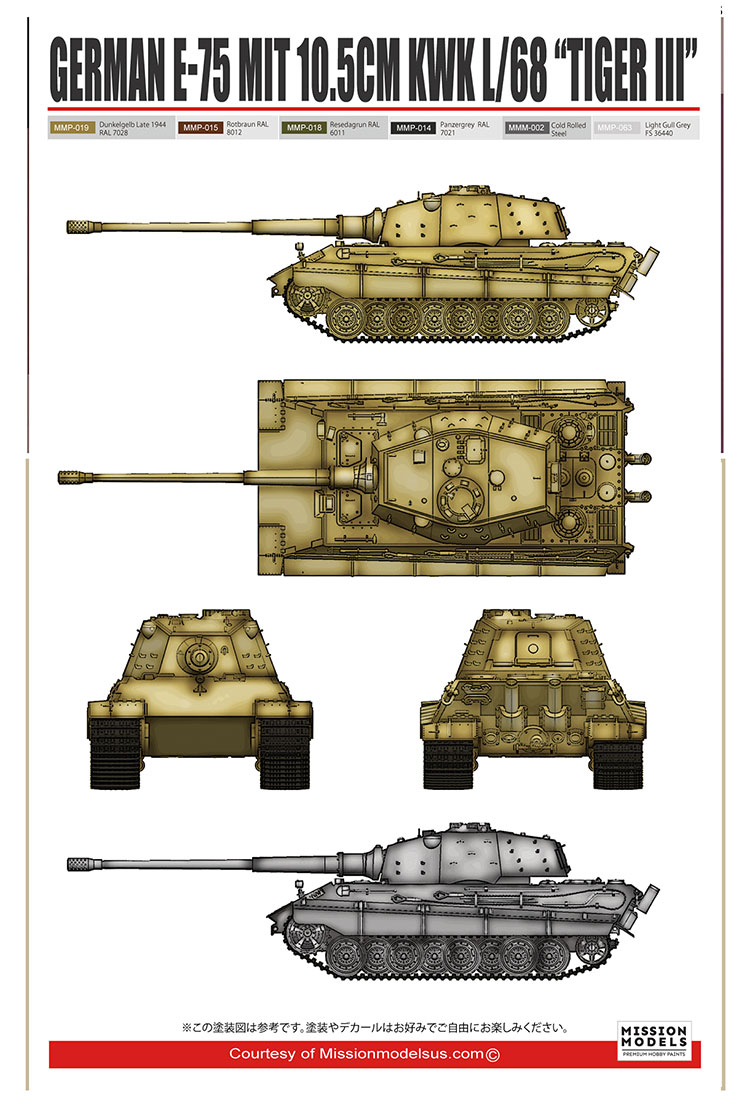

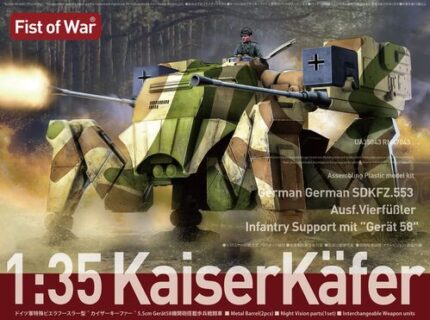



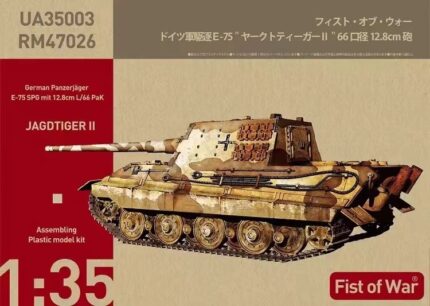
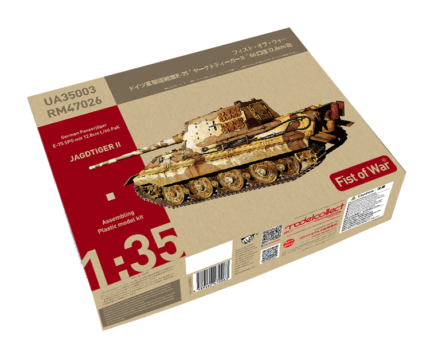
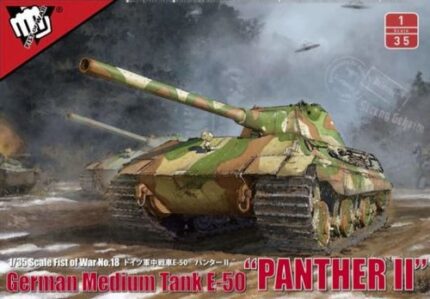
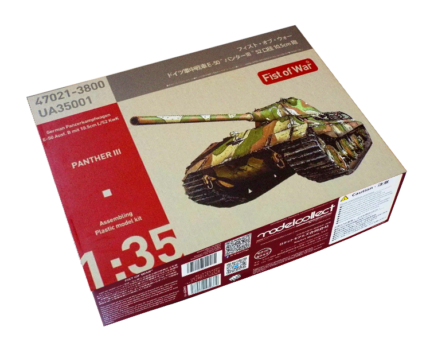
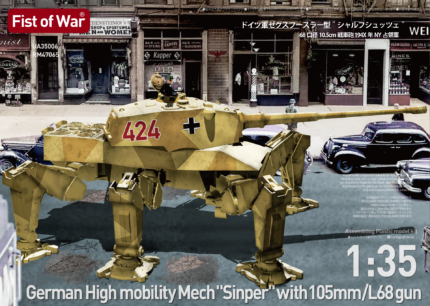

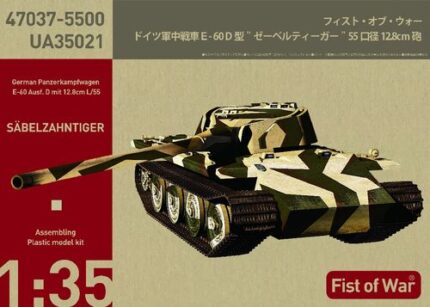

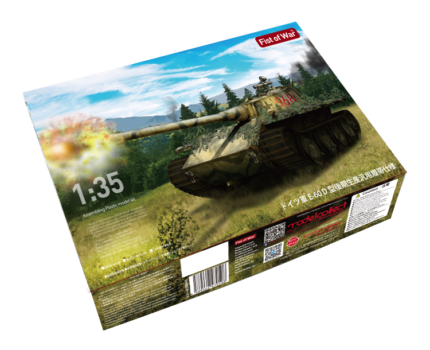
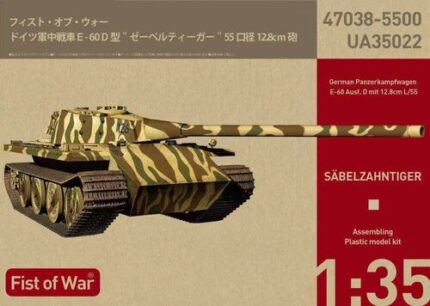
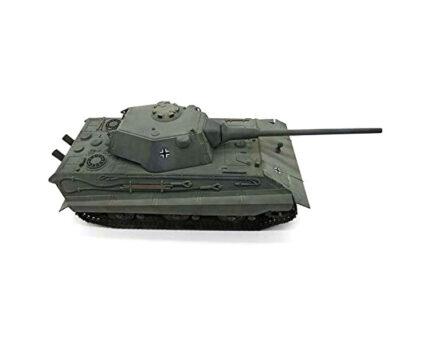

Reviews
There are no reviews yet.